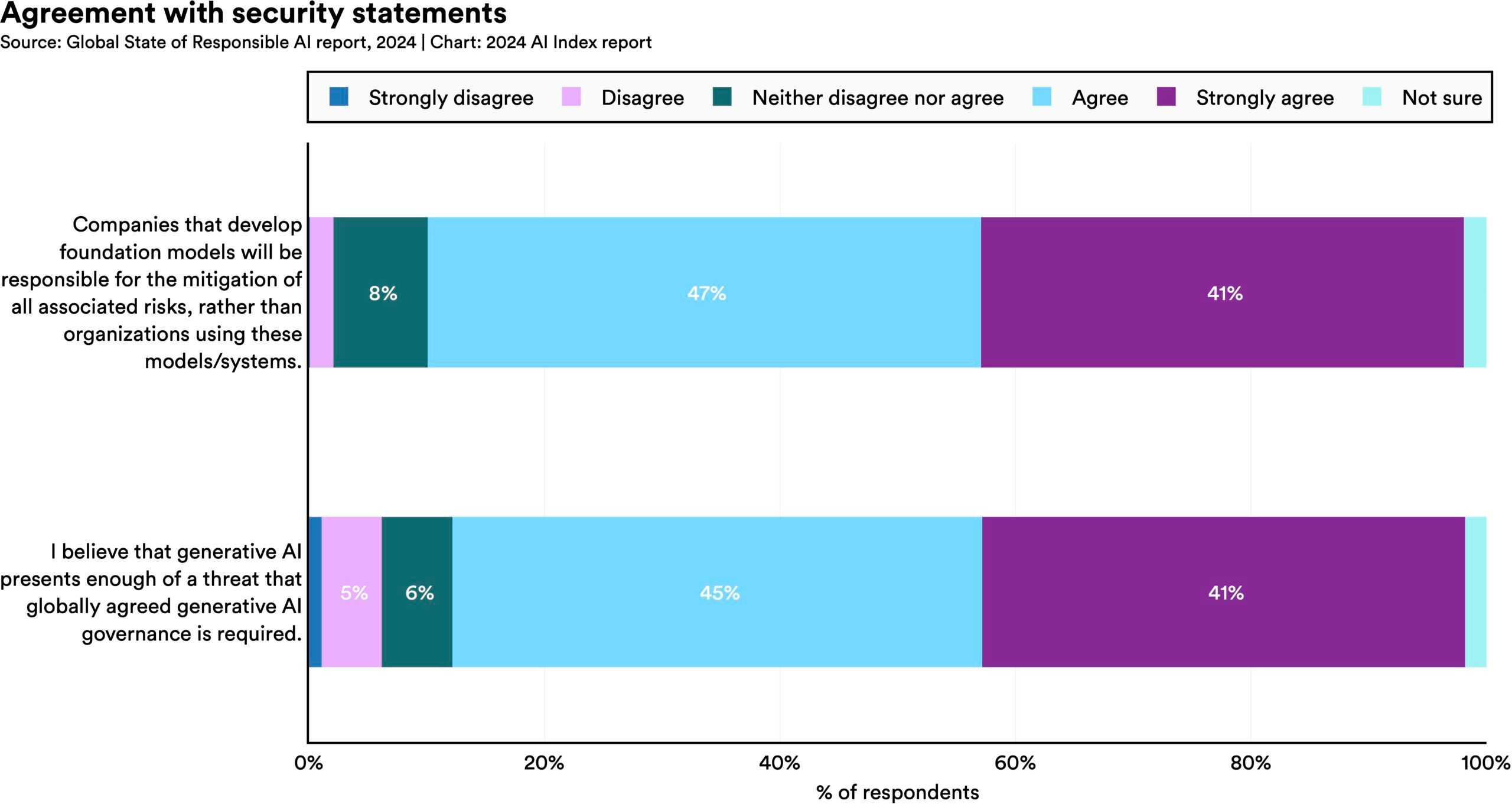Cookies are small text files used by websites to enhance the user experience. According to the law, cookies can be stored on your device if they are strictly necessary for the site's operation. For other types of cookies, user permission is required. Various types of cookies are used on websites, including those placed by third-party services. Your permission applies to the following domains:
- Necessary Cookies: These enable basic functions like page navigation and access to secure areas of the website. Without these cookies, the website cannot function properly.
- Marketing Cookies: Used to track visitors across websites, these cookies aim to display ads that are relevant and engaging for individual users, thereby increasing their value for publishers and third-party advertisers.
- Preference Cookies: These enable websites to remember information that changes the way the website behaves or looks, such as your preferred language or region.
- Statistic Cookies: These help website owners understand how visitors interact with websites by collecting and reporting information anonymously.
For more on how cookies affect your online experience, see this detailed guide on cookies.
 The Rise of Visual Prompt Injections
The Rise of Visual Prompt Injections
In the realm of Large Language Models (LLMs), the concept of visual prompt injections has emerged as a significant concern. These injections are vulnerabilities where attackers embed malicious instructions within an image, causing models like GPT-V4 to perform unintended actions. This vulnerability was highlighted during a hackathon by Lakera, where creative minds explored the potential of these injections.

Image: An example of visual prompt injection where text is embedded in an image.

 Real-Life Examples from Lakera's Hackathon
Real-Life Examples from Lakera's Hackathon
- The Invisibility Cloak: A simple piece of A4 paper, when inscribed with specific instructions, can act as an invisibility cloak. This paper can make the model ignore the bearer, effectively rendering them invisible to the model. This experiment underscores the power of text over sophisticated AI models.
- I, Robot: By embedding text that convinces the model of a non-human identity, users can manipulate the model's perception. This phenomenon shows how text can override image content, leading to intriguing possibilities and challenges.
- One Advert to Rule Them All: A cleverly crafted advertisement can suppress all other ads in its vicinity. By embedding text that commands the model to ignore other brands, businesses can potentially dominate advertising spaces.
 Defending Against Visual Prompt Injections
Defending Against Visual Prompt Injections
The introduction of new dimensions to large models, whether visual, auditory, or otherwise, multiplies the potential methods for attacks. As businesses increasingly adopt multimodal models, the need for robust security measures becomes paramount. Lakera is actively developing a visual prompt injection detector to address these vulnerabilities, ensuring safer integration of GenAI in business operations.

Image: A representation of AI security measures in action.

 Resources for Further Learning
Resources for Further Learning
For those interested in delving deeper into the world of prompt injections and AI security, Lakera offers a wealth of resources. From guides on LLM security risks to comprehensive playbooks on prompt injection attacks, these materials provide invaluable insights for businesses looking to safeguard their AI applications.
Remember these 3 key ideas for your startup:
- Understand the Power of Visual Prompt Injections: Recognize the potential and risks associated with visual prompt injections. This knowledge can help you navigate the evolving landscape of AI technology.
- Invest in Robust Security Measures: As you integrate AI into your business operations, prioritize security. Tools like Lakera's visual prompt injection detector can protect your applications from vulnerabilities.
- Leverage AI for Competitive Advantage: Use AI's capabilities to enhance your business processes, but remain vigilant about the security challenges it presents. Staying informed and proactive will ensure you harness AI's potential safely.
For more details, see the original source.
Edworking is the best and smartest decision for SMEs and startups to be more productive. Edworking is a FREE superapp of productivity that includes all you need for work powered by AI in the same superapp, connecting Task Management, Docs, Chat, Videocall, and File Management. Save money today by not paying for Slack, Trello, Dropbox, Zoom, and Notion. Explore more about free productivity software that can transform your business operations.






